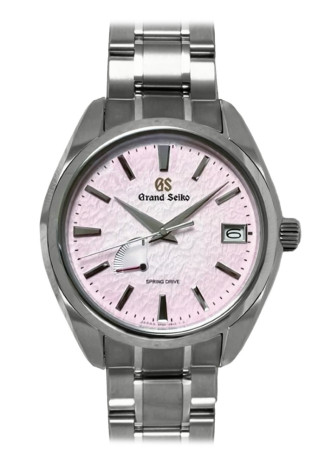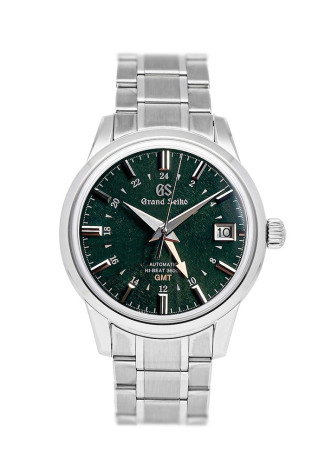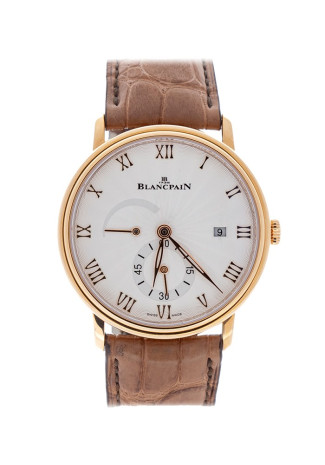The world of horology is a fascinating realm, where intricate mechanisms and meticulous craftsmanship intertwine to create timekeeping marvels. Among the many remarkable features found in watches, the power reserve function stands as a testament to the ingenuity and practicality of watchmakers. It represents the duration for which a fully wound spring can provide energy before the watch requires rewinding, ensuring its continued operation.
Known by its French name, "Réserve de Marche," the power reserve function is a vital aspect of mechanical timepieces. It captures the essence of watchmaking mastery, encapsulating the balance between precision and autonomy. When a watch is fully wound, the mainspring is tightly coiled, ready to release its stored energy and set the wheels in motion. The power reserve is typically expressed in hours or days, reflecting the duration the watch can maintain accurate timekeeping without intervention.
Initially, most watches would provide a power reserve of approximately 36 to 42 hours. However, as technology advanced and horological innovations emerged, timepieces with extended power reserves came into existence. Some exceptional mechanical watches now boast power reserves lasting three or more days, enhancing the convenience and reliability of these timekeeping companions. This extended power reserve opens up possibilities for watch enthusiasts who wish to rotate their collection or wear multiple watches without the need for frequent winding.

For example this Grand Seiko Elegance with reference SBGE271G.
A power reserve indicator, a noteworthy complication found in many watches, serves as a practical feature to keep the wearer informed about the remaining energy in the timepiece. Often displayed on the dial or a subdial, this indicator provides a visual representation of the power reserve, allowing users to gauge when the watch requires rewinding. The power reserve indicator adds both functionality and aesthetic appeal to the watch, embodying the attention to detail and technical prowess of the watchmaker.
With a glance at the power reserve indicator, watch aficionados can effortlessly determine the remaining energy of their timepiece, ensuring timely intervention to prevent interruptions in timekeeping. Whether it is a classic dress watch or a sophisticated sports model, the power reserve function brings an added layer of practicality, combining elegance and functionality in the realm of haute horlogerie.
In conclusion, the power reserve function stands as a testament to the mastery of watchmaking, allowing mechanical timepieces to operate autonomously for a specified duration. The ability to extend power reserves and the inclusion of power reserve indicators have revolutionized the world of watches, enhancing their convenience and reliability. These innovations embody the harmonious blend of technical expertise and artistic vision, making the power reserve function a captivating aspect of horology for both watch connoisseurs and enthusiasts alike.





